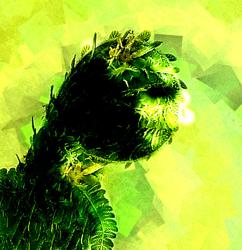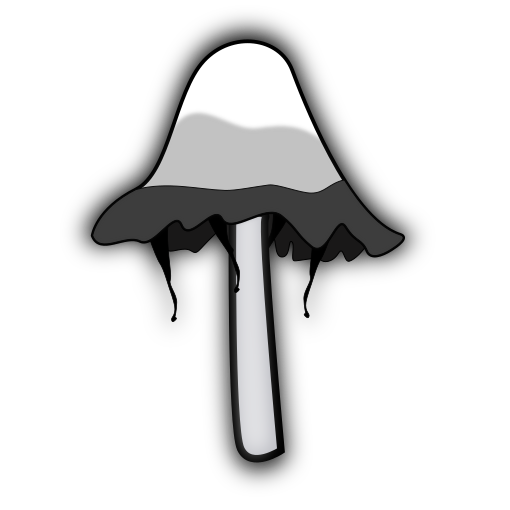Explore the toxicity of death cap mushrooms, and find out what makes this one species so dangerous to humans.
Humans have known about the toxicity of death cap mushrooms for millennia. Yet they continue to pose a significant threat to unsuspecting foragers and mushroom hunters throughout the world. Today, death caps are responsible for more than 90% of all mushroom related deaths, killing upwards of 100 people each year. So, what makes this one species of mushroom so dangerous? Michael Beug investigates.
Lesson by Michael Beug, directed by Denys Spolitak.



Cool, I love mushrooms in omelette
tbh they smell awful, I wouldn’t want to eat one
They’re supposed to smell better when they’re young and they’re generally reported to taste good.
weird, to be fair, my experience has been mostly with Amanita ocreata, the destroying angel - I’m not in Europe and I’ve never interacted with Amanita phalloides in particular.
Also most of the time I have interacted with them when they were mature fruits, I have found them when still in their volva, but I didn’t notice any difference in smell (or even notice if there was a lack of smell, etc.).
I suspect when cooking them, it could mask the smell and taste as well. Most of the deaths are from East Asian immigrants mistakenly assuming the mushrooms here are like the ones at home, and they mis-identify and then harvest & eat the Amanita spp. instead of what they thought they were harvesting (I actually don’t know the mushroom they mistake it for that is found in Asia).
The main risk of the Amanita spp. for me is just that i eat stinkhorn eggs and puff balls, and sometimes truffles - so it’s important to verify you aren’t digging up the early fruiting phase when the Amanita is still in the volva - but it’s easy to tell by cutting it open.
Ah A. Ocreata is actually reported to have a poor taste. I’m not in Europe either but A. Phalloides is all over North America these days thanks to introduced hardwoods.
I’ve heard this factoid is pretty exaggerated, it’s not like East Asia doesn’t have both deadly and edible Amanitas